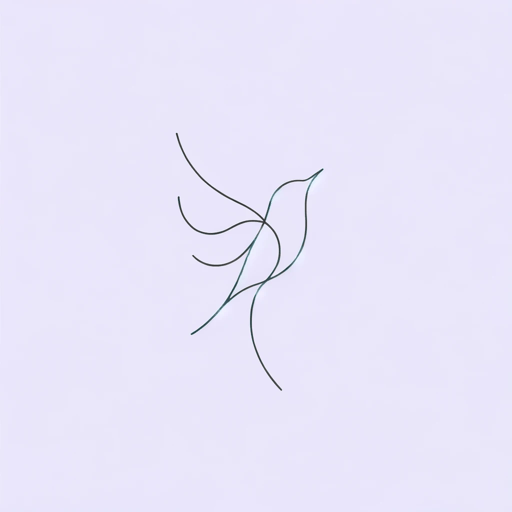25 pages • 50 minutes read
John KeatsOde to a Nightingale
Fiction | Poem | Adult | Published in 1819A modern alternative to SparkNotes and CliffsNotes, SuperSummary offers high-quality Study Guides with detailed chapter summaries and analysis of major themes, characters, and more.
Themes
The Confines of Human Existence
The emotion of longing permeates the poem, with the speaker often wishing for anything that will take him out of his present state. In his present state, the speaker has an exaggerated awareness of the constraints and shackles of human life. That is why his description of human existence is hyperbolic, as is his idea of an escape. To be human is described as sitting and hearing each other groan, and to think is to “be full of sorrow / leaden-eyed despairs” (Lines 27-28). Note the heaviness of the word “leaden,” as if the speaker feels physically weighed down by his troubles. Not even beauty and love provide a respite in this state: “Beauty cannot keep her lustrous eyes, / Or new Love pine at them beyond to-morrow” (Lines 29-30). Thus, the speaker experiences human life as overwhelmingly negative, although the truth is this existence also encompasses imagination and beauty. The emphasis on the drudgery and misery of life reveals the speaker’s altered state of mind: He is worried, bereaved, and emotionally exhausted.
It is not just the descriptions of decay that emphasize the bleakness of human life but also the powerful longing for the alternate. To the speaker in his sorrowed state, any potential respite appears a miracle and a reprieve.
Related Titles
By John Keats

Endymion: A Poetic Romance
John Keats

La Belle Dame sans Merci
John Keats
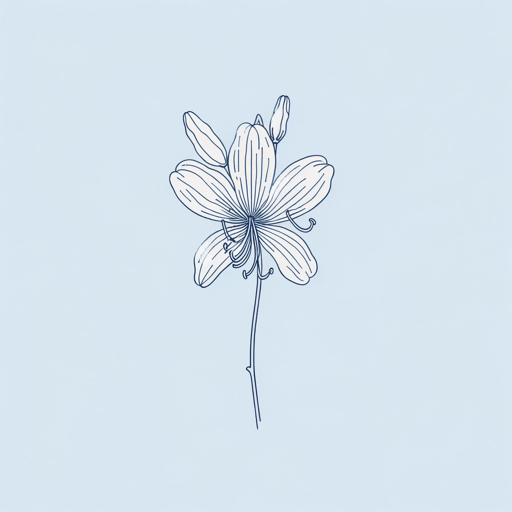
Meg Merrilies
John Keats

Ode on a Grecian Urn
John Keats

Ode on Melancholy
John Keats
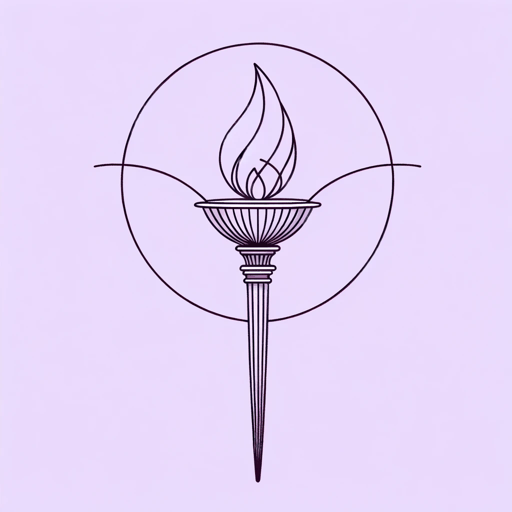
Ode to Psyche
John Keats

On First Looking into Chapman's Homer
John Keats
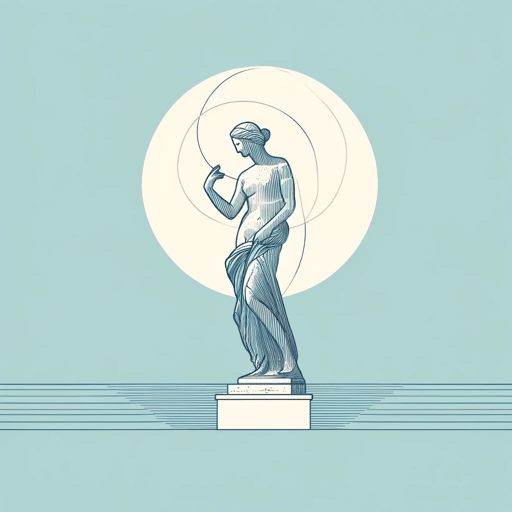
On Seeing the Elgin Marbles
John Keats

The Eve of St. Agnes
John Keats

To Autumn
John Keats
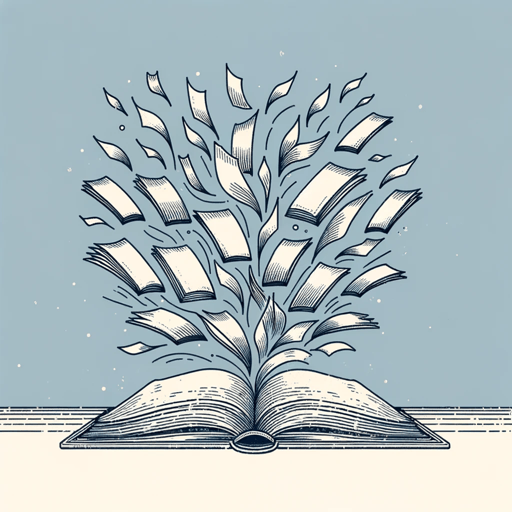
When I Have Fears That I May Cease to Be
John Keats
